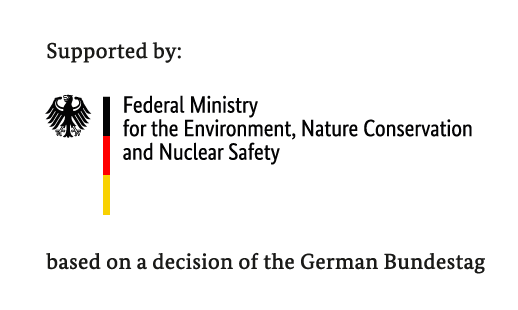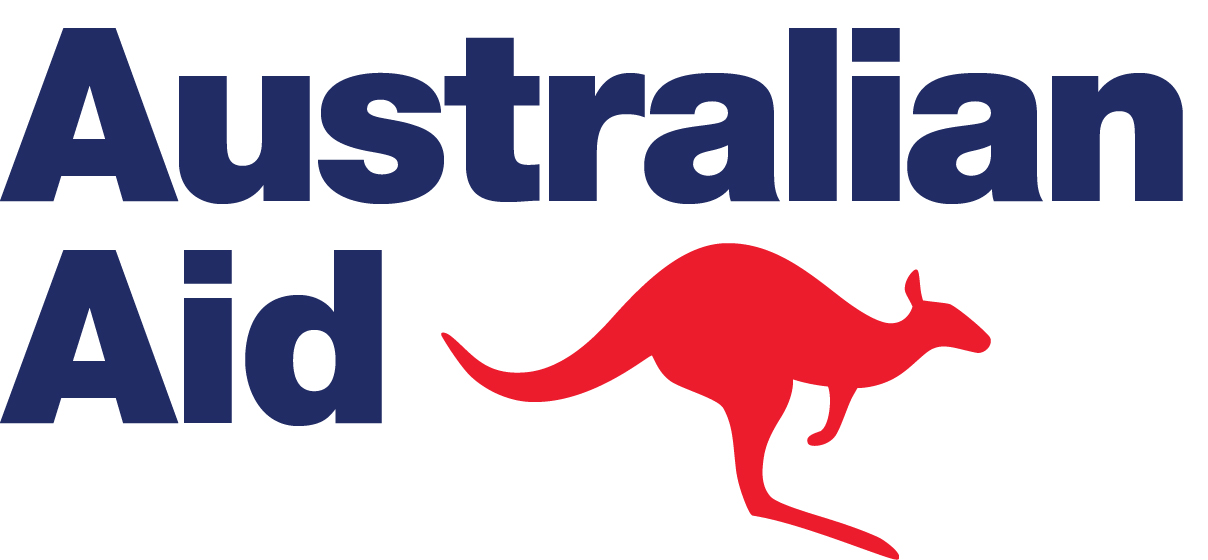Peru NAMA
Project Overview
Under the Low Emission Capacity Building (LECB) Programme, financed by the EU, Germany, and AusAID, participating countries are primarily focusing on capacity building activities at the national level. This includes formulating Low-Emission Development Strategies (LEDS) and/or Nationally appropriate Mitigation Actions (NAMAs), as well as establishing the underlying data collection systems (i.e. national GHG inventory systems, and monitoring, reporting and verification systems).
Nationally appropriate mitigation actions (NAMAs) are concrete projects, policies, and/or programmes that shift a technology or sector in a country onto a low-carbon development trajectory. A LEDS, on the other hand, outlines the intended overall economic, energy, and emissions trajectory for a country and helps to identify entry points for policy intervention (including identifying and prioritizing NAMAs and ensuring coherence between NAMAs and national development goals).
Project Details
Supporting Mitigation Actions
As a country driven process, each country determines, develops and executes its own project with a clear focus on one of the two areas. From the inception phase of each project, however, and for the life of the project, countries will receive guidance and support from UNDP. Guidance and technical backstopping for all national-level projects will be coordinated, delivered and supported through an over-arching component of the programme: the Global Support Unit.
Programme-supported projects fall into one of several categories:
- Identifying opportunities for nationally appropriate mitigation actions and designing low emission development strategies in context of national priorities
- Design ofsystems for measuring, reporting, and verification of proposed actions and means to reduce GHG emissions
- Develop greenhouse gas inventory management systems
- Facilitate the design and adoption of mitigation actions by selected industries in some countries
Key Results and Outputs
The EU-UNDP Low Emission Capacity Building Programme promotes essential cooperation between relevant institutions, engaging the public sector and industry in a concerted effort to address climate change consistent with national development priorities around the world.
The overall objectives are to strengthen capacities in participating countries in the following ways:
- Develop greenhouse gas (GHG) inventory management systems;
- Identify opportunities for nationally appropriate mitigation actions (NAMA);
- Design low emission development strategies (LEDS) in the context of national priorities
- Design systems for measuring, reporting, and verification of proposed actions and means to reduce GHG emissions
- Facilitate the design and adoption of mitigation actions by selected industries in some countries
Reports and Publications
Newsletter
Low Emission Capacity Building Programme - Newsletter 1 - July 2012
Brochures, Posters, Communications Products
The Low Emission Capacity Building Programme: A Gl obal Initiative to Support NAMA , LEDS , and MRVs - February 2011
Brochure: Low Emission Capacity Building Programme (LECBP) - November 2011
Monitoring and Evaluation
Monitoring, Reporting and Verification (MRV) should be an essential component of any LEDS, NAMAs, or Mitigation Action Plans (MAPs) prepared by developing countries – particularly if a developing country is seeking external financial, technical or capacity-building support, and will therefore be subject to international MRV as described in the Cancun Accords. However, MRV needs will differ depending on whether a country is undertaking a REDD+ type NAMA, for example, versus improving an urban mass transit system. (It is worth noting that the international political arena also refers to the MRV of public finance; this is not being addressed under this project.)
Methodological approach
New methodologies are being developed by different organizations for the development and adoption of MRVs. Although there are still no adopted guidelines on MRV, we can assume that there will be some overarching principles of good practice, such as using the GHG estimation and reporting processes described in the IPCC guidance materials for GHG inventories.
Institutional and political context
As with the GHG national inventory system, it will be important to raise awareness of all key stakeholders on the necessity for MRV to ensure full engagement. It may be useful to consider developing a strategy to engage key providers of data and ensure they are adequately trained.
Linkages to other relevant initiatives
Clearly, the work undertaken under this component has a direct linkage to the National Communications process. Some countries may also be undertaking GHG inventories at the sub-national level and will need to consider how to incorporate this work, as appropriate. Indicators being used in mitigation projects financed by the GEF or other sources may also provide insights for the MRV strategy for NAMAs, LEDS, and/or MAPs.




